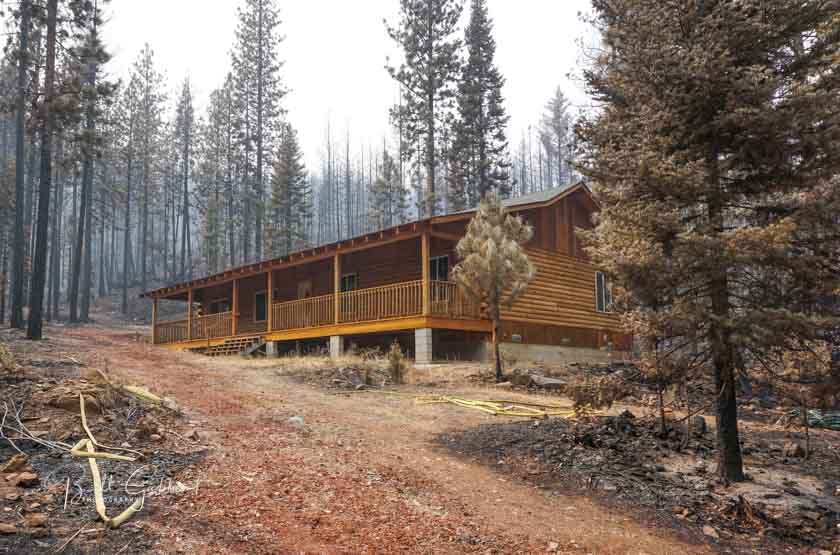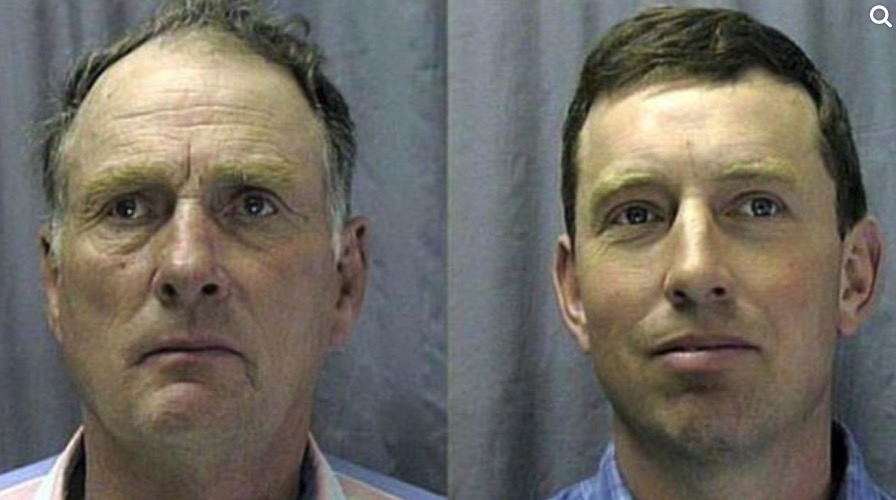
Beginning January 1 in California the seller of a home in a designated high fire area built before 2010 must disclose to the buyer conditions that make the home vulnerable to wildfires.
The seller must provide documentation stating that the property is in compliance with local laws pertaining to defensible spaces or local vegetation management laws. If there is no such local law, the seller shall provide documentation of compliance with state law, assuming the seller obtained such documentation within six months prior to entering into the transaction. But if neither of the above, the seller and the buyer must enter into a written agreement in which the buyer agrees to obtain documentation of compliance with defensible space or a local vegetation management ordinance after close.
Here are the details from the legislation:
Disclosures re Home Hardening
Beginning January 1, 2020, if a seller, after completion of construction, has obtained a final inspection report regarding compliance with, among other things, home hardening laws (Gov’t Code 51182 and 51189*), the seller shall provide to the buyer a copy of that report or information on where a copy of the report may be obtained.
Beginning January 1, 2021, this law requires for properties located in high or very high fire hazard severity zones for homes built before 2010, delivery of a notice to include the following three items:
1. A statutory disclosure that includes information on how to fire harden homes as follows:
“This home is located in a high or very high fire hazard severity zone and this home was built before the implementation of the Wildfire Urban Interface building codes which help to fire harden a home. To better protect your home from wildfire, you might need to consider improvements. Information on fire hardening, including current building standards and information on minimum annual vegetation management standards to protect homes from wildfires, can be obtained on the internet website http://www.readyforwildfire.org.”
2. Disclosure of a list of features that may make the home vulnerable to wildfire and flying embers if the seller is aware. The list includes, among other things, untreated wood shingles, combustible landscaping within five feet of the home, and single pane glass windows.
3. On or after July 1, 2025, a list of low-cost retrofits re home hardening (listed pursuant to Section 51189 of the Government Code*). The notice shall disclose which listed retrofits, if any, that have been completed during the time that the seller has owned the property.
Potential point of sale compliance requirements re defensible space or local vegetation management laws
Beginning July 1, 2021 seller of property in high or very high fire hazard zones shall provide documentation to the buyer stating that the property is in compliance with laws pertaining to state law defensible spaces (Public Resources Code 4291**) or local vegetation management ordinances, or in certain cases the buyer and seller will agree that the buyer is to obtain the documentation after close as follows
1. If there is a local ordinance requiring the seller to comply with state law governing defensible spaces (PRC 4291**) or a local vegetation management ordinance, the seller shall provide the buyer with: 1) a copy of the documentation of such compliance, and 2) information on the local agency from which a copy of that documentation may be obtained.
2. But If no such local ordinance exists, and the seller has obtained an inspection from a state, local or other government agency or qualified nonprofit which provides an inspection with documentation for the property, the seller shall provide the buyer with: 1) the documentation of the inspection if obtained within six months prior to entering into a transaction to sell the real property and 2) information on the local agency from which a copy of that documentation may be obtained.
3. If seller hasn’t obtained documentation of compliance per 1 or 2 above, then the seller and buyer shall enter into a written agreement stating that the buyer agrees to: a) obtain documentation of compliance per the local ordinance or b) if there is no such local ordinance, the buyer shall, within one year, obtain documentation of compliance as long as there is a state, local or other government agency or qualified nonprofit which provides an inspection with documentation of compliance for the property.
This law also requires the California Office of Emergency Services (Cal OES) to enter into a joint powers agreement with the Department of Forestry and Fire Protection (Cal FIRE) to administer a comprehensive wildfire mitigation and assistance program to encourage cost-effective structure hardening and facilitate vegetation management, contingent upon appropriation by the Legislature.











